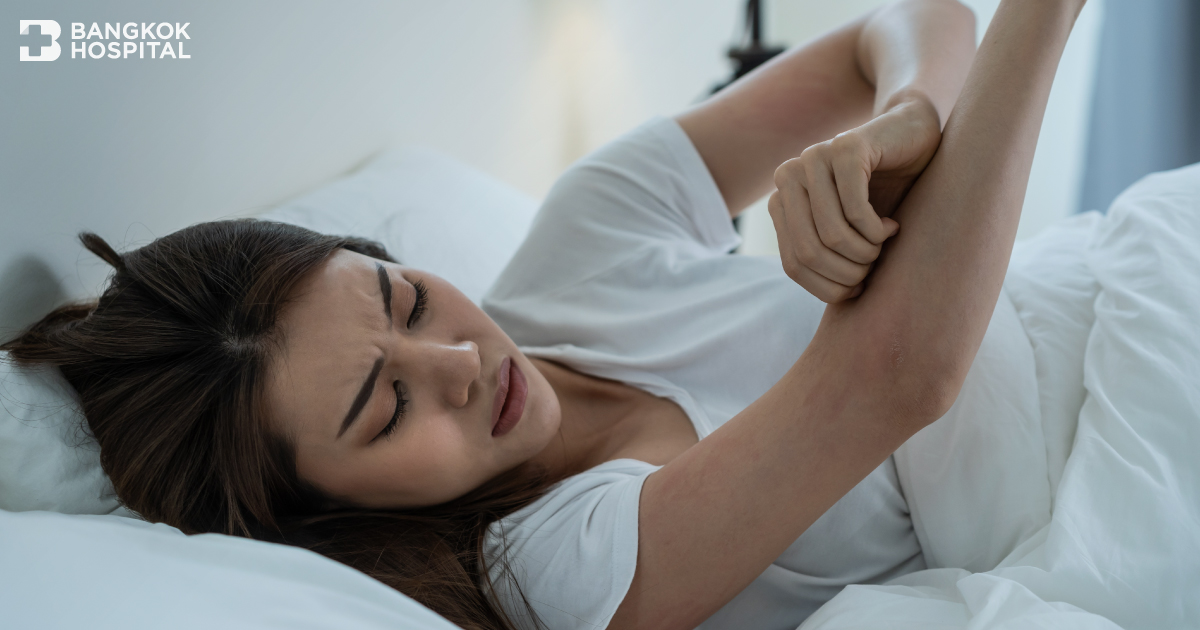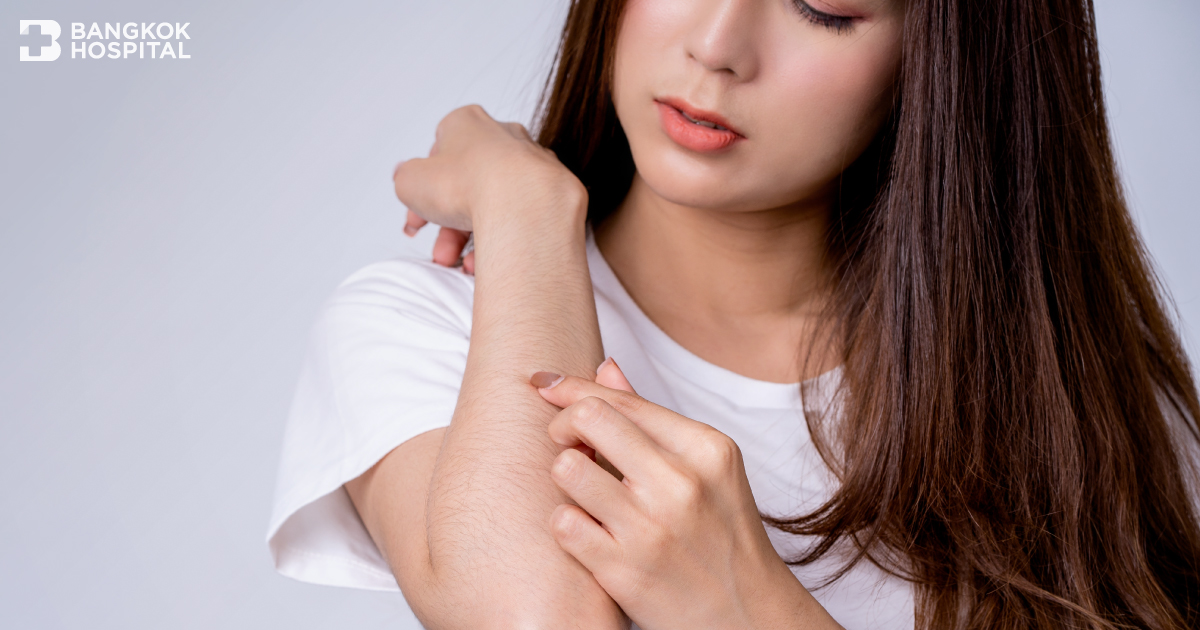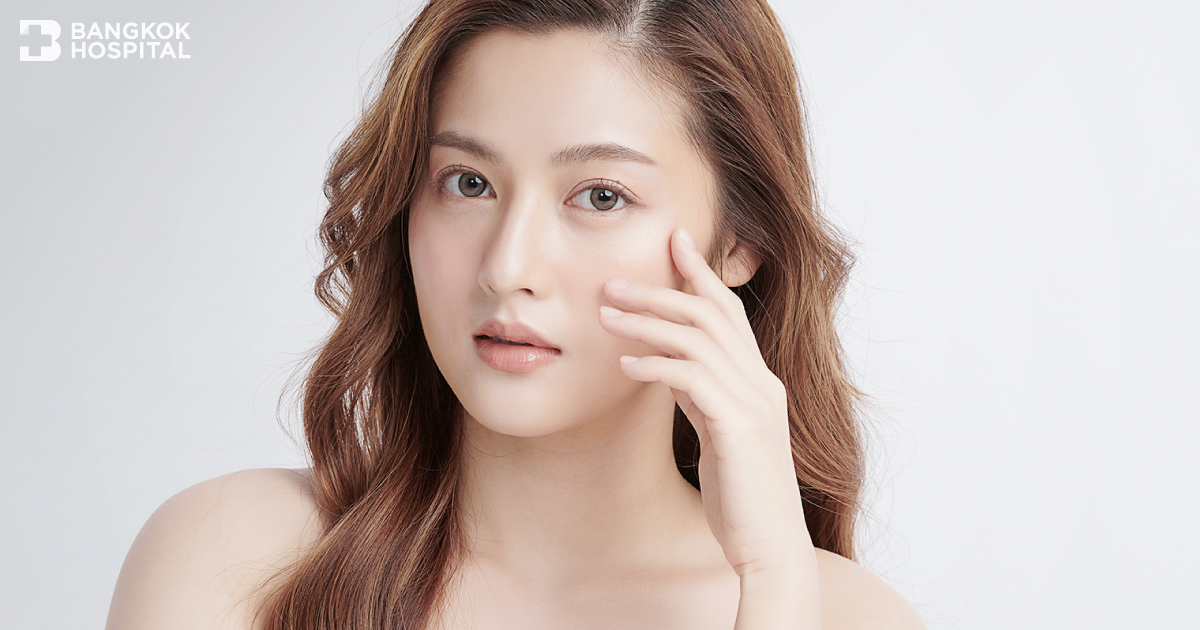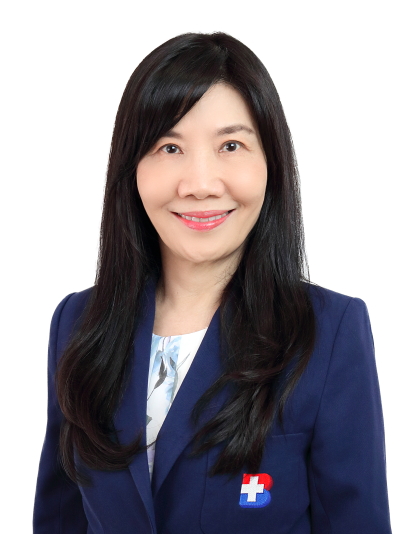It is not a myth that weight loss gets harder as you get older. As you age, your metabolism slows down. Women who have children later in life might have a harder time shedding the pregnancy weight. However, even people trying to lose just a few kilograms will have a harder time at 40 years of age than they did at 20. As the body changes, so does your weight loss system. In addition to balanced diet and regular exercise, coolsculpting is a non-invasive way to get rid of fat permanently. You can return to normal daily activities after the treatment.
What you need to know about fat cells
Fat cells are the cells that primarily compose adipose tissue. These cells are specialized in storing energy as fat. The number of adipocytes an individual has is determined by the age of 2-5 years and rarely changes during adulthood. However, fat cells can increase and decrease in size depending on the amount of fat that the body is storing. Cellulite occurs when excessive fat deposits push through the connective tissue beneath skin. It is also known as orange-peel skin and usually affects the buttocks, thighs, and belly.
Losing weight VS Losing fat
Reducing fat is not the same as losing weight. Losing or gaining weight generally does not increase or decrease the number of fat cells. Instead, it changes the size of fat cells. When weight is gained, fat cells get bigger. In order to get rid of fat cells permanently, we have to reduce the number of fat cells. With technological advancement, there is a non-surgical fat-reduction treatment that uses controlled cooling to eliminate stubborn fat.
Coolsculpting – an innovative way to eliminate stubborn fat
The Coolsculpting procedure safely delivers precisely controlled cooling (4-7 °C) to effectively target the fat cells underneath the skin. Treated fat cells are frozen, then die within 3 days after the treatment. One month after treatment, your body naturally processes the fat and eliminates these dead cells through lymphatic system.
Body regions where coolsculpting is effective
- Abdomen
- Upper arms
- Thighs
- Buttocks
- Back
- Double chin
Treatment
- Before the treatment: Your doctor will discuss a holistic approach to your goals for reshaping your body. Then, the doctor will discuss with you about specific areas where you want to eliminate fat. Together, your doctor will plan the treatment and schedule a follow up treatment in around 2 months.
- During the treatment: A gel pad and applicator will be applied to the targeted area. The coolsculpting applicator delivers controlled cooling to the targeted fat. The treatment takes around 30-35 minutes. During the first 5-10 minutes, you may feel cold, some pulling, tugging, or mild pinching. These feelings usually subside as the area numbs.
- After the treatment: Following the procedure, typical side effects include temporary redness, swelling, bruising, firmness, tingling, stinging, tenderness, aching, or itching. These effects are temporary and generally resolve within days. In around 3 weeks, your body naturally processes the fat and eliminates dead cells. The result can clearly be seen on the third month after the treatment.
Benefits of coolsculpting
- Permanently eliminate fat cells
- Safely shapes and slims your body
- No damage to surrounding tissues or skin
- No fibrosis underneath the skin
- No anesthesia
- No surgery and recovery time
- No scar
Who should not have the coolsculpting procedure?
- Pregnancy
- Lactation
- Cryoglobulinemia, cold agglutinin disease, paroxysmal cold hemoglobinuria, or known sensitivity to cold
- Bleeding disorders
- Patients with active implanted devices such as pacemakers and defibrillators
- Recent surgery in the area to be treated










